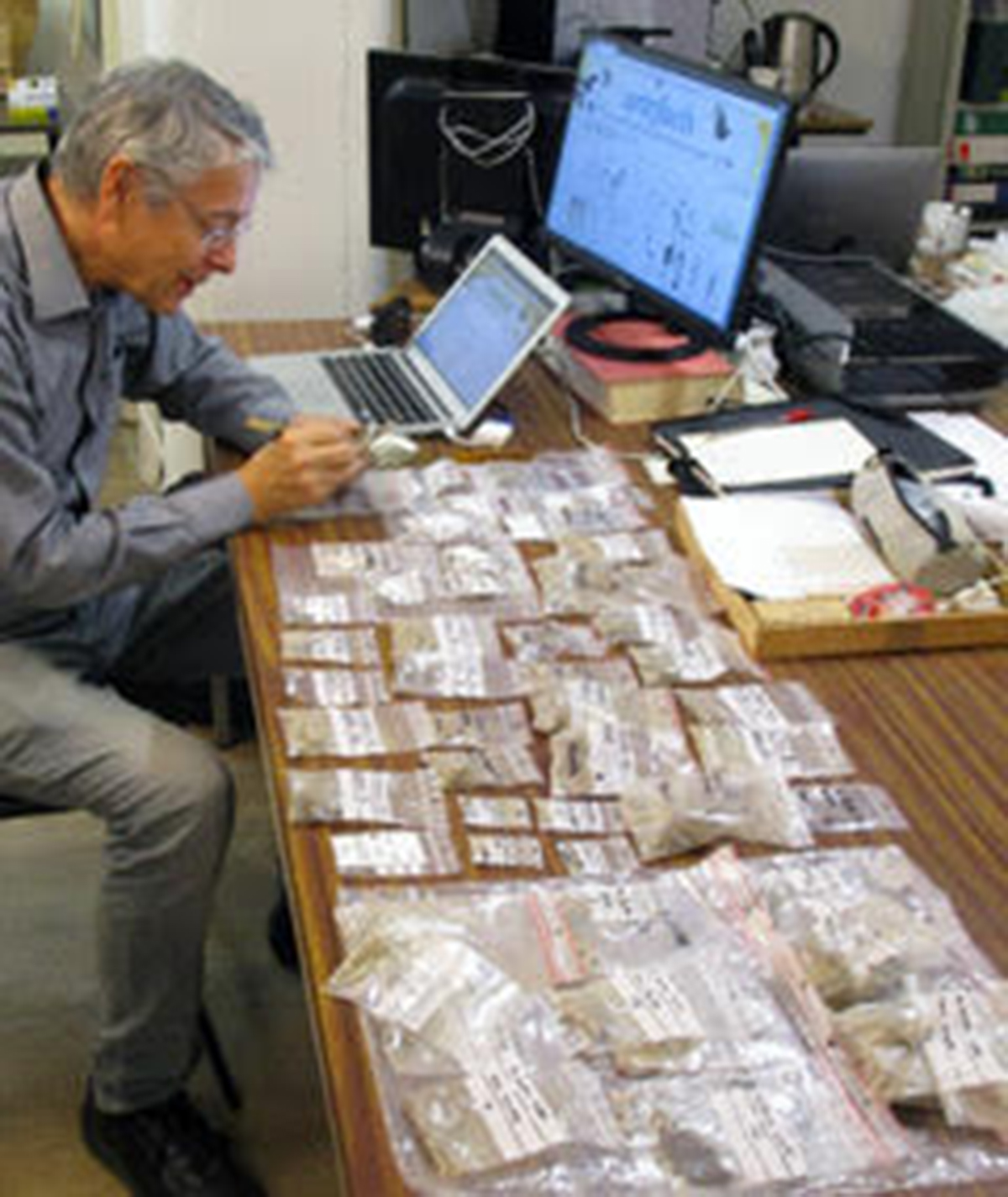Join Augustin, Alex, Lisa and the whole ArkeoTopia team to discover additional resources for step 4 in My Archaeology Book about the requirements for a permit to dig in France.
Step 4 – Authorizations for Archaeological Excavations
Construction and Fieldwork Permits
Corresponding pages in MAB1 and MAB2
MAB 1, p. 14 ( step 3 on p. 8 in 1st edition) and MAB 2, p. 18
More about this step’s reference artifact
The drawing in My Archaeology Book titled Construction and field work permits was inspired by a Gallo-Roman structure. This image has two aims:
- to present how the French population participates in the so-called archaeological map, or the identification of ancient human occupation sites on a national scale
- to present the requirements for performing an archaeological excavation, whether it be a research excavation or a development-led, rescue excavation.
Given that Alex has a doctorate in archaeology as well as state approval for rescue excavations, Madam Prefect issues him a permit for diagnostic operations (fouilles in French on the drawing). When Alex and his team have completed the diagnosis, and depending on the results, Madam Prefect will issue Augustin’s neighbors a permit to build their pool. Trace, the snail, who represents the traces left by human beings in the past, already knows that the neighbors will have to wait for their pool. In fact, Diggy the mole has shown him that underneath the family’s feet lies a Gallo-Roman villa just waiting to be discovered and its foundation walls can be seen underneath where our friends are standing.
Clues
The 9 clues include:
- Augustin’s neighbors’ house, which represents construction from the present day.
- Augustin’s neighbors (the mother and the little boy), who are examples of citizens with a home construction project that requires public authorization.
- The document about the swimming pool construction project, which represents the form needed for submission to the public authorities in order to acquire a building permit.
- Alex, the archaeologist, with his work clothes, helmet, and notebook, who represents the scientific community that ensures heritage documentation.
- The permit delivered by Madam Prefect, which will allow Alex and his team to take action.
- Madam Prefect, who represents the public authorities and provides the link between citizens and other State services or local authorities, in this case the Ministry of Culture, which ensures the practice of rescue archaeology.
- The building permit that Madam Prefect will send to Augustin’s neighbors once the diagnostic operation and/or the excavation has been completed.
- Trace the snail, who represents traces left behind by human beings (archaeological remains).
- The Gallo-Roman walls beneath Augustin’s neighbors’ garden that are waiting to be found by Alex, the archaeologist, and his team. These walls highlight the precious information that lies underground and can lead to a better understanding of human History.
Seeking MoneyMy Archaeology Book
Resources HomepageStep 5.1 – Fieldwork
Building Archaeo






